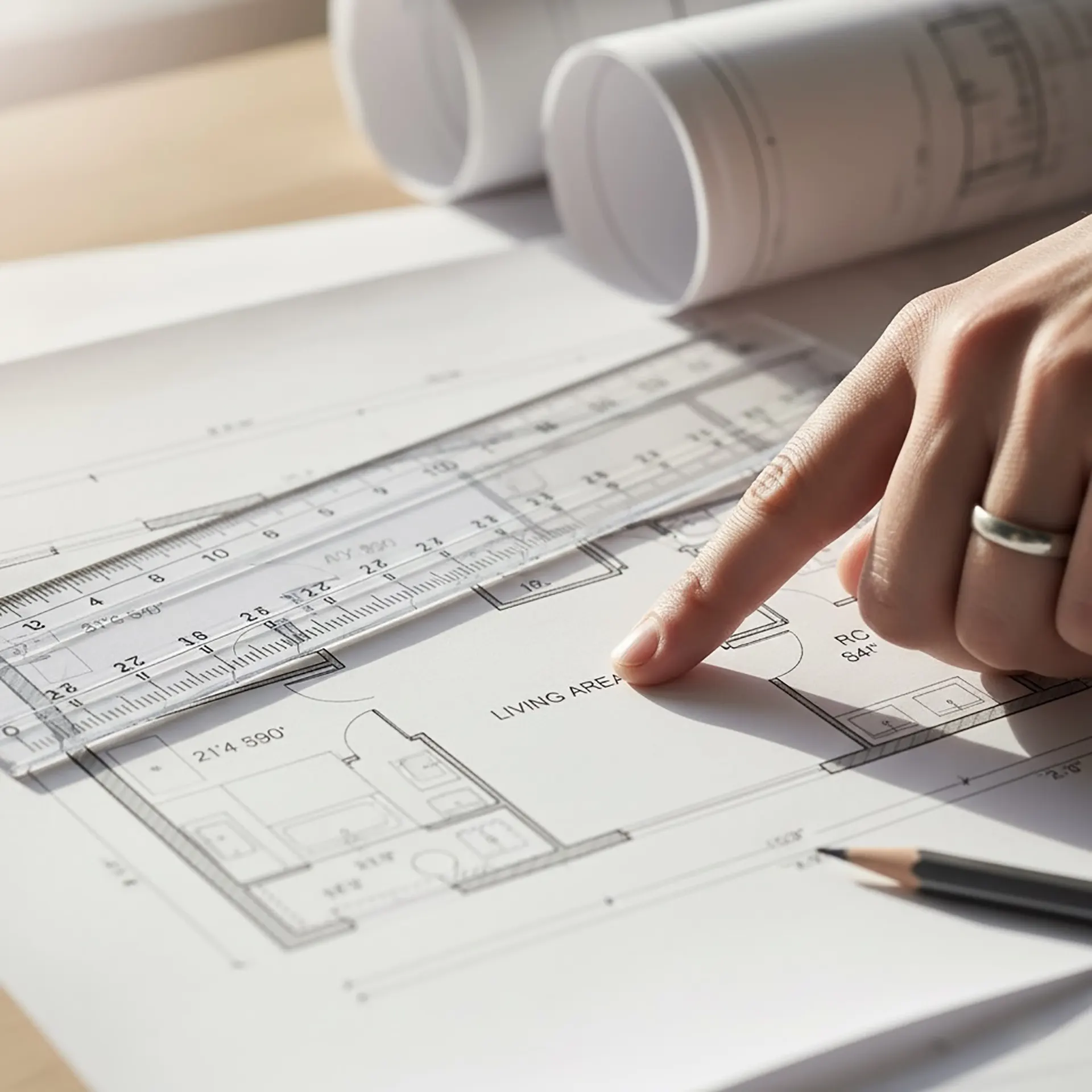How to Read a Floor Plan Like a Pro
Whether you’re purchasing a new apartment, embarking on a full renovation, or simply evaluating its potential, understanding a floor plan is one of the most powerful skills you can develop. A floor plan doesn’t just show you walls and doors—it reveals the story of how space will feel, move, and live. In the busy urban environment of places like Manhattan, reading that story well can mean the difference between a dream home and a constant compromise.
Here’s your guide to mastering floor plans, with clear insights, actionable tips and professional perspectives to help you evaluate layouts like a seasoned designer or builder.
1. Start with the big picture: what a floor plan is and why it matters
At its simplest, a floor plan is a scaled two-dimensional drawing, viewed from above, showing the relationships between rooms, walls, doors, windows and other major architectural features.
But the real power lies in what it tells you: circulation (how you move through the space), proportions (how rooms relate in size), orientation (how light enters), and potential for living—not just listing rooms. As one guide notes:
“A floor plan shows you all the details and measurements within your new space… it allows you to understand and visualize the home and how the spaces interact and flow.”
In the context of a renovation or apartment purchase, reading a floor plan informedly means you can spot problems ahead of time: poor circulation (e.g., long dark corridors), awkward intersections of rooms, inefficient layouts, or lacking daylight.

2. Key elements to check (and don’t skip)
When you open a floor plan, here are the must-see features:
- Scale & Measurements: Find the scale (such as ¼″ = 1′-0″) and room dimensions. Without this, your mental picture is distorted.
- Orientation / North Arrow: Knowing which way the plan faces tells you how light will move through the day—crucial for living spaces.
- Walls (Interior vs Exterior): Exterior walls typically are drawn thicker. Know which walls are structural or non-bearing.
- Doors & Windows: Doors are often drawn with arcs showing swing direction; windows as breaks in the wall. Placement affects usability, views, daylight.
- Circulation & Flow: Trace how one moves from entry → living → kitchen → bedroom. Are the paths clear and logical? Is furniture placement feasible?
- Symbols & Legend: Make sure you understand all icons – fixtures, appliances, special elements. These vary between drawings, so check the legend.
3. Walk through the plan like you’d walk through the home
Don’t just glance—imagine motion. Start at the front door: where does your eye go? Move into the living room: can you place a sofa? Dish out dinner from the kitchen and still chat with guests? Will your W-D (washer-dryer) area block a hallway? Visualising usage makes the plan live.
“Use your finger to trace paths … this helps you understand traffic flow and daily movement patterns.”
Also, compare room sizes on the plan with furniture you own—or plan to buy. Many guides suggest physically measuring or bringing furniture dimensions to the drawing stage. In high-density cities where every inch counts, this subjective feel matters hugely.

4. Questions to ask (and red flags to spot)
While reading a plan, keep these questions handy:
- Does the plan fit your lifestyle? Do you cook often, entertain, need a home-office?
- Is there a logical connection between bedrooms, baths, common areas?
- How is daylight and view configured (via window location, orientation)?
- Are there hidden corners—dead zones of circulation, awkward walls, low ceiling zones?
- Is storage thoughtfully placed or “bolted on” as an afterthought?
- Will furniture fit without blocking doors/windows/circulation?
Red flags include: undefined or tiny dimensions, lack of clear entry/movement, large leftover space for circulation only, or weird shapes that make furniture placement difficult. The difference between many average apartments and exceptional ones lies in these details.
5. Why good floor-plan literacy matters for renovation & value
If you’re buying to renovate or commissioning a build, the floor plan is your first defence against surprises. A poor plan drives up costs—reworking walls, relocating services, space under-utilised. If you understand the plan early, you can partner with your designer/contractor (or a design-&-build firm) to optimise layout, lighting and function before demo even begins.
Good floor plan reading can raise value, reduce waste, improve flow—and yield a home that works beautifully in daily life.
6. Practical tools & tips to accelerate your learning
- Bring a tape measure or compare dimensions on plan to similar spaces in your current home.
- Use tracing: follow the path of high-traffic movement (entry to living to kitchen to balcony).
- Sketch furniture footprint lightly on the plan; confirm that your pieces will fit and the room won’t feel leftover.
- Turn 2D plans into mental 3D rooms: imagine stepping in, closing the door, turning left.
- Don’t ignore the legend or notes—they often hide structural elements or service shafts.
- Ask professionals: “If this room was built, what would I lose? What would cost more to change?” Early awareness saves money.
7. Bringing it together: your smart evaluation framework
- Check orientation & daylight potential first.
- Verify dimensions and how rooms connect.
- Trace circulation with your finger or pen.
- Map your furniture & storage needs onto the plan.
- Identify structural/service constraints (walls, shafts, columns) from the plan or legend.
- Ask “Will this still serve me in 5-10 years?”—future-proof the layout.
If you’re working with a design-&-build team (for example a company like Hoppler Design & Build), bring your floor-plan literacy to the table so you can engage more intelligently in choices of layout, finishes, lighting and function.
Final thoughts
Reading a floor plan is more than decoding lines and symbols—it’s gaining insight into how your life will function in a space. When you’re empowered with this skill, you become a partner in design rather than a passenger. You’ll spot layouts that will feel cramped long before the first wall comes down, avoid costly surprises, and align your living space with your lifestyle.
If you’re planning a renovation, purchase or redesign, understanding floor plans gives you confidence. And when you engage with professionals who build not just spaces but homes—those who merge design, engineering and construction—your vision begins earlier, clearer and stronger.
Beyond the Open Concept: Redefining Modern Living Spaces
For decades, the open concept floor plan ruled supreme in American homes, promising seamless flow be


